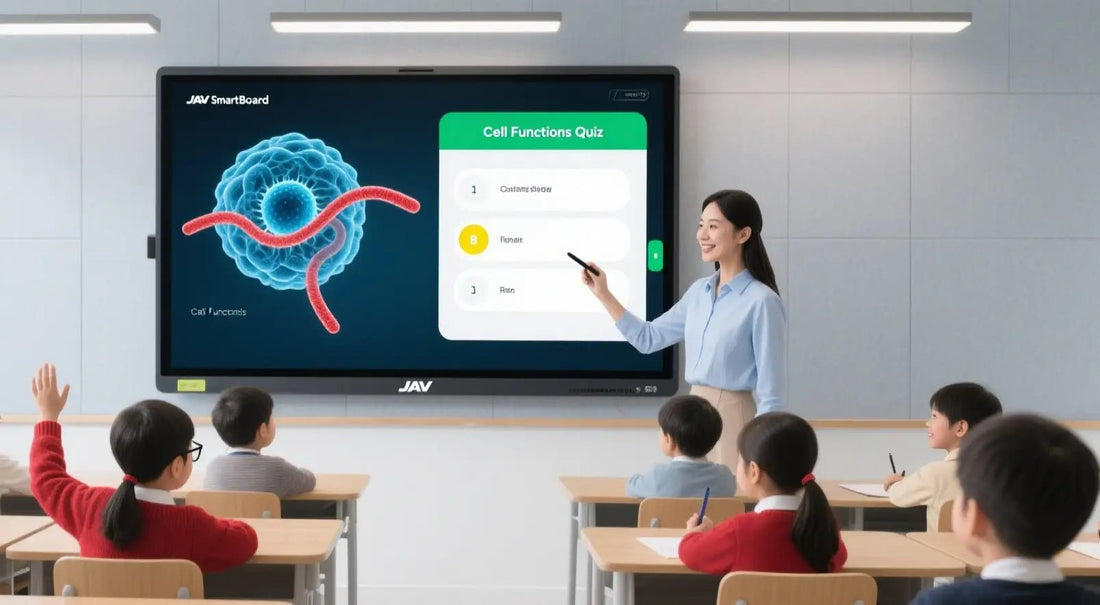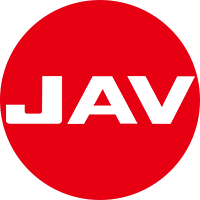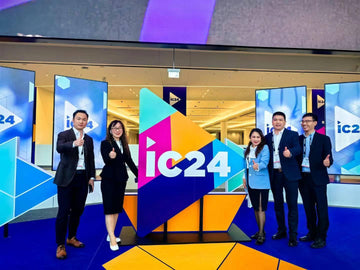
Can Smart Boards Replace Traditional Teaching Tools Completely?
In recent years, the smart whiteboard has transformed how teachers deliver lessons. Classrooms once dominated by chalkboards, projectors, and printed handouts are now seeing the rise of the digital whiteboard. But can these modern tools completely replace traditional teaching methods? Let’s explore the possibilities and limitations.
The Advantages of Smart Boards in Education
A smart board for classroom use offers far more than just writing space. Teachers can display multimedia, annotate over images, and save lesson notes for later review. This level of interactivity encourages student engagement and caters to different learning styles.
With an interactive whiteboard, teachers can:
-
Integrate videos, animations, and interactive quizzes directly into lessons.
-
Collaborate with students in real time, both in-person and remotely.
-
Reduce the need for printed materials, making learning more eco-friendly.
An interactive whiteboard for classroom environments also supports STEM learning, group projects, and hybrid teaching models, ensuring lessons stay dynamic and inclusive.
Can They Fully Replace Traditional Tools?
While the smart whiteboard is a powerful teaching aid, completely replacing traditional tools may not be realistic for every school. Factors such as budget, teacher training, and technical support play a significant role. For example, a chalkboard requires no electricity, internet, or troubleshooting—advantages that technology cannot always match in resource-limited environments.
Moreover, some educators find that combining a digital whiteboard with physical teaching aids, such as printed worksheets or science models, provides the best balance between innovation and practicality.
The Future of Classroom Technology
The trend toward smart boards for classrooms is undeniable. As technology becomes more affordable and user-friendly, interactive tools will likely take on a larger role in education. While they may not replace every traditional tool in the short term, smart boards are shaping the future of teaching—making lessons more engaging, collaborative, and accessible than ever before.




0 comments